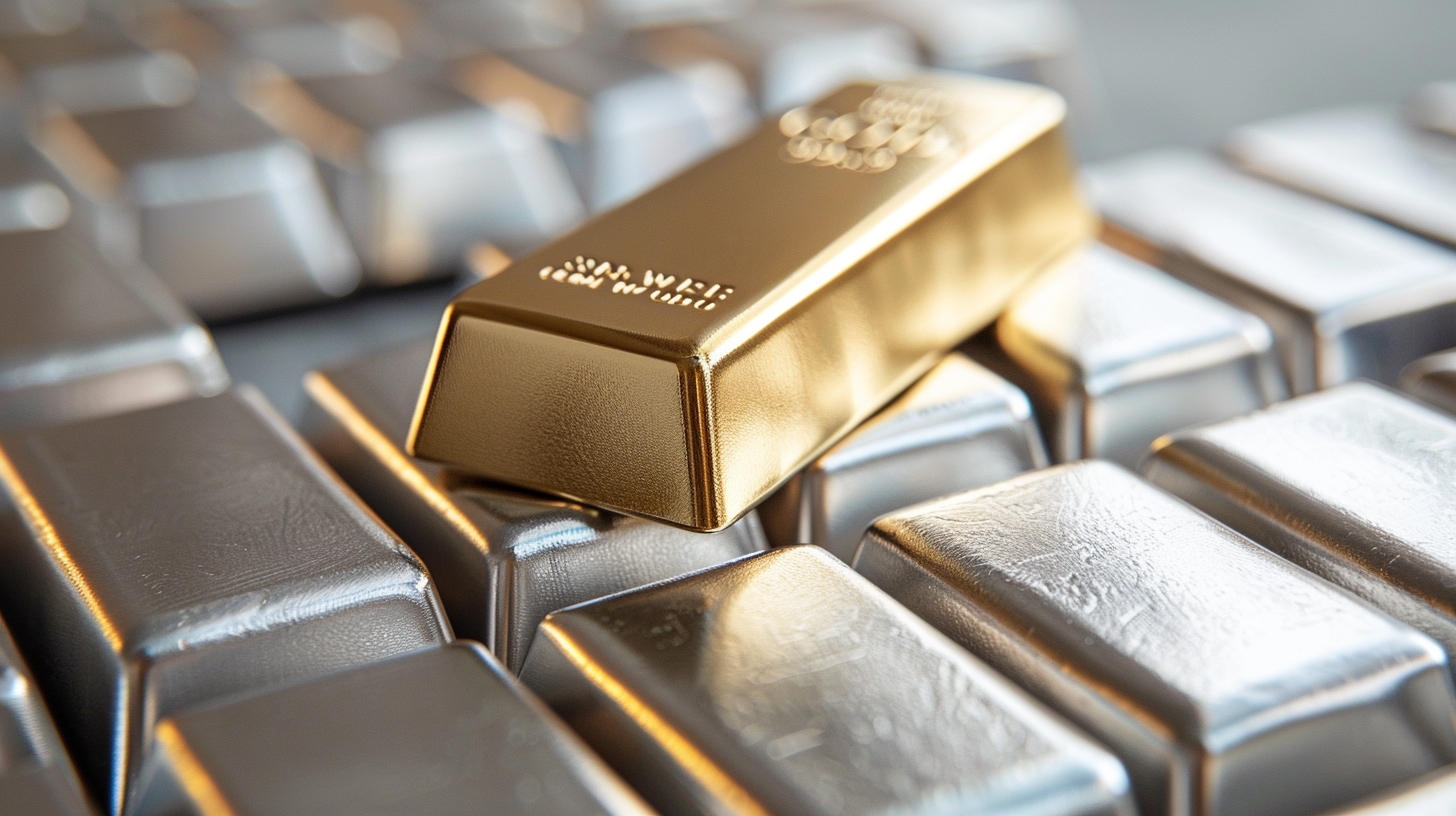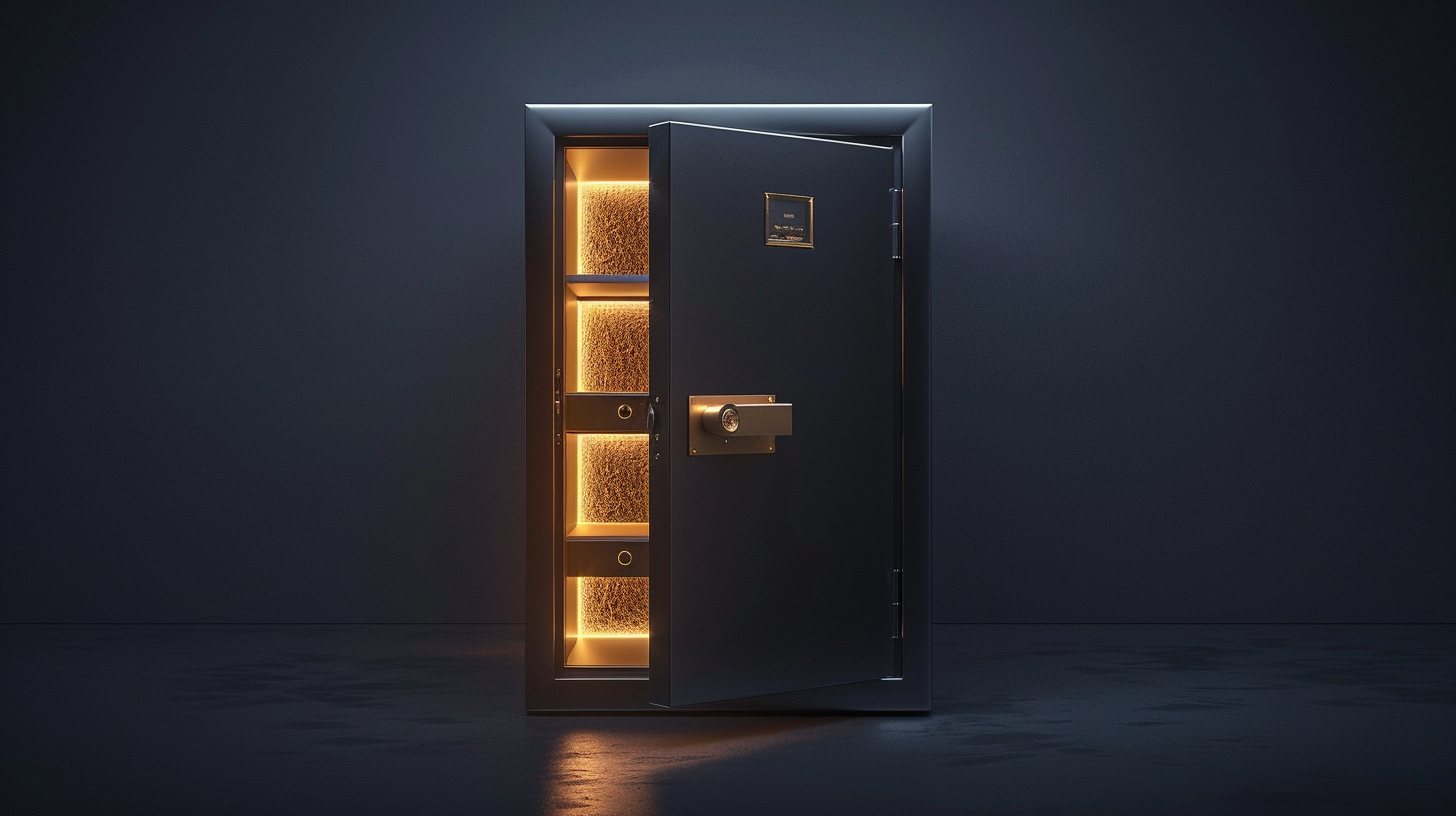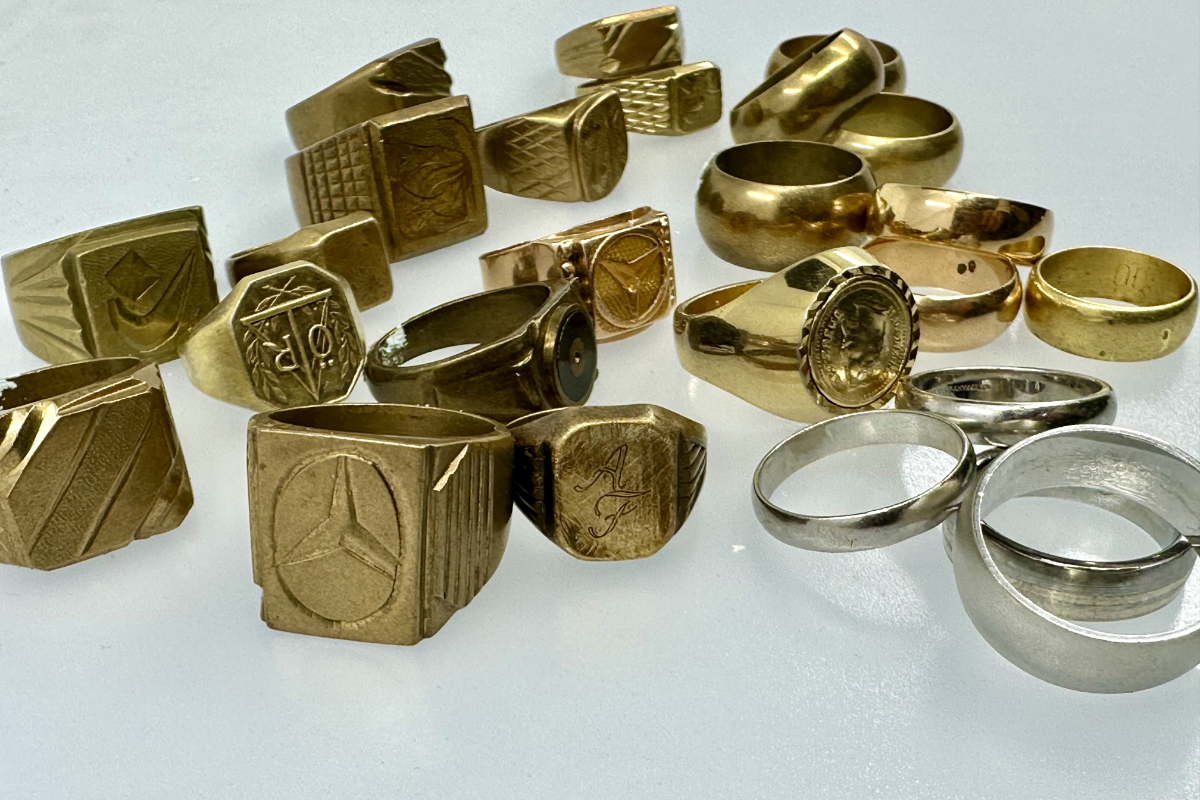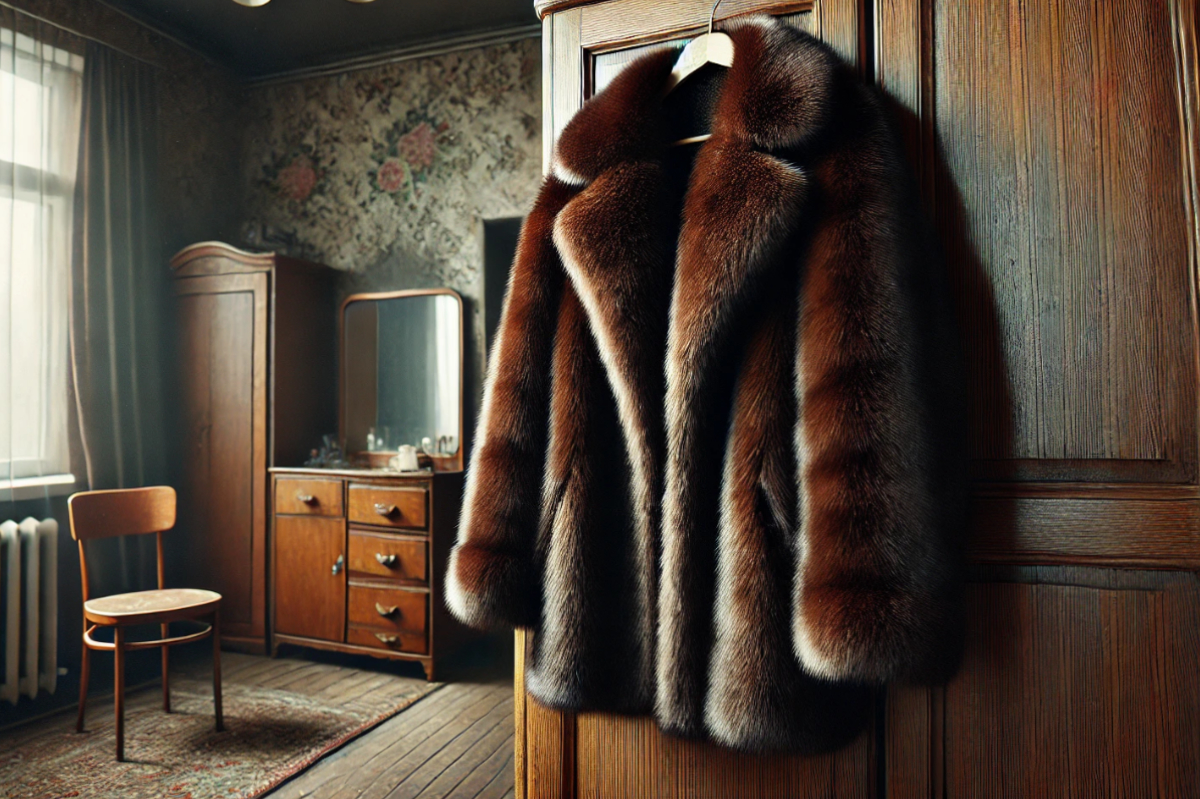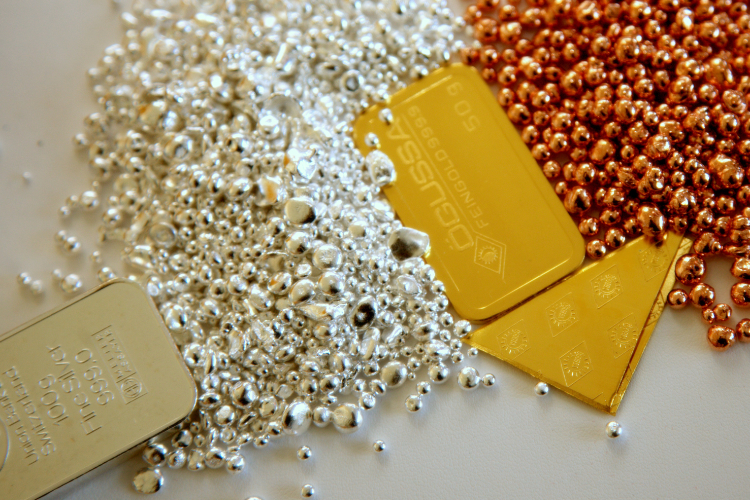
In our business, we are often confronted with questions about colored gold alloys. Especially with regard to white gold, there are countless questions: Why is white gold white, although gold otherwise has its typical metallic yellow color? Why is white gold jewelry more expensive? Why do you get the same price for 14 carat white gold as for 14 carat yellow gold when you buy it back, even though you paid more before? In the following, we will try to answer these common questions and tell you a little about the origin of white gold.
What is white gold anyway?
Goldsmiths in the 19th and early 20th century initially used silver and later platinum to set stones. The white color of these metals made the color of the stone stand out more clearly, especially in diamonds. However, when platinum supplies from Russia dried up due to political upheaval, white gold was developed as a substitute in Germany around 1912. In contrast to silver, gold - and therefore also the white gold alloys - does not oxidize and undesirable discolouration does not occur.
White gold is a gold alloy (= metal mixture) that has been deprived of its yellow color intensity by adding silver, nickel, platinum or palladium. The appearance of raw white gold ranges from steel gray to blue-gray to pale yellow. White gold jewelry is often coated with a wafer-thin layer of rhodium, which creates a silvery-bluish-grey color. White gold alloys that have been produced with a sufficiently high proportion of palladium or platinum, on the other hand, already have a white-greyish-silvery coloration on their own. This means that subsequent rhodium plating is not necessary: The color is retained even with heavy wear. By adding different metals, the goldsmith can therefore greatly influence the color of the gold. From red gold to gray gold, many different shades are possible.
Why is white gold more expensive than normal gold?
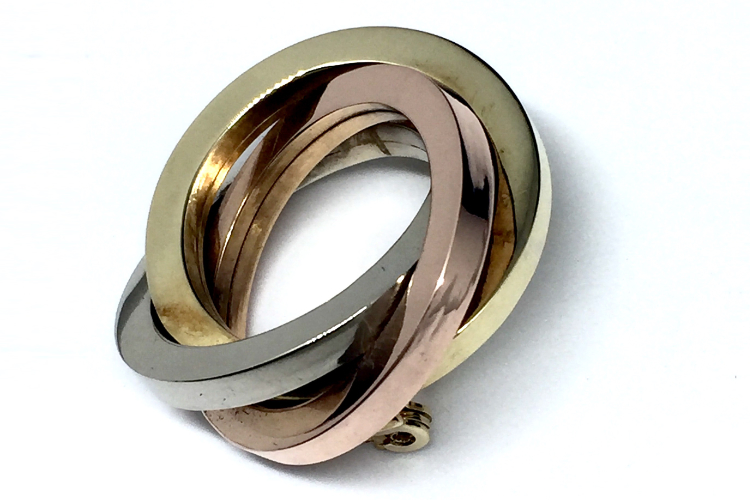
One reason for the higher price is certainly the higher material costs. In addition to copper, colored gold alloys also contain valuable metals such as silver, palladium and platinum. But the more difficult processing is also a reason for the higher price. Before being sold, white gold jewelry is often rhodium-plated, i.e. coated with a layer of rhodium to achieve an appearance comparable to platinum. This additional work step makes production more expensive and also affects the selling price.
Is 14 carat white gold more valuable than 14 carat yellow or red gold?
When selling, you get the same price for 14 carat white gold as for 14 carat yellow gold if the piece of jewelry is sold as old gold. What is relevant is the proportion of gold contained - the fineness - and this is the same for 14 carat yellow gold as for 14 carat red or white gold, namely 58.5%. Unfortunately, the time spent working on a piece of jewelry, which has influenced the purchase price, cannot be taken into account for the price as old gold. However, as white gold jewelry is often set with diamonds, it often achieves better sales prices as jewelry with stones than yellow gold or red gold jewelry.
The price that white gold fetches from a gold dealer is therefore based on the gold content of the piece and the current gold price. Because white gold can consist of different alloys (585 white gold, 750 white gold, ....), there is no single white gold price.
Current price for scrap gold
Preise zuletzt aktualisiert am 15. July 2025, 22:42 Uhr
Is 24-carat white gold also available?
No, because 24 carat would correspond to 100% gold and therefore the color would be yellow. However, at least 14% platinum or palladium is needed to give the gold a white color. This means that the gold content can only be a maximum of 86%. In practice, white gold exists as 14 carat jewelry with 58.5% gold content or as 18 carat jewelry with 75% gold content.
White gold allergy - Are there alternatives?
Most white gold alloys contain at least small amounts of nickel, a metal that can cause an allergic skin reaction in around 15% of the population. Jewelry made of white gold therefore causes itching, redness or skin irritation in some people. An alternative is jewelry made of higher quality palladium white gold or jewelry made of platinum, which is more suitable for allergy sufferers as all alloy components (gold, platinum, palladium, copper) are hypoallergenic.

